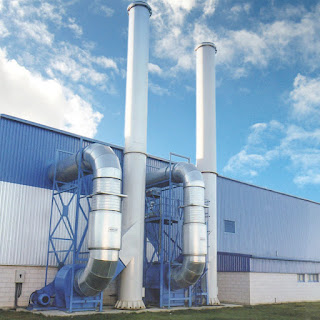Properties of Ammonia Extract
Ammonia (NH3) is one of the largest commonly created industrial chemicals in several nations. It is employed in industry and commerce and exists inherently in humans and the environment. Ammonia is important for many biological methods and serves as a precursor for amino acid and nucleotide synthesis. In the environment, ammonia is part of the nitrogen cycle and is created in soil from bacterial processes. Ammonia Extract is furthermore created guilelessly from the decomposition of organic matter, containing plants, animals, and animal wastes.
Some chemical/physical properties of ammonia are:-
At room temperature, ammonia is a colorless, positively irritating gas with a pungent, choking odor.
In sterile form, it is known as anhydrous ammonia and is hygroscopic (readily absorbs moistness).
Ammonia Extract has alkaline properties and is eroding.
Ammonia gas liquefied smoothly in water to form ammonium hydroxide, a caustic solution, and a weak base.
Ammonia gas is smoothly compact and forms a clear liquid under pressure.
Ammonia is usually imported as a compact liquid in steel containers.
Ammonia is not highly explosive, but containers of ammonia may blow up when disclosed to high heat.
How is ammonia used?
About 80% of the ammonia created by industry is employed in agriculture as fertilizer. Ammonia is furthermore used as a refrigerant gas, for cleansing water supplies, and in the manufacture of plastics, explosives, textiles, pesticides, dyes, and additional chemicals. It is found in multiple household and industrial-strength cleaning solutions. Roflow is a well-known brand for building these types of fume controls for better surroundings. Household ammonia cleaning solutions are falsified by adding ammonia gas to water and can be between 5 and 10% ammonia. Ammonia solutions for industrial use may be amount of 25% or higher and are corrosive.





Comments
Post a Comment